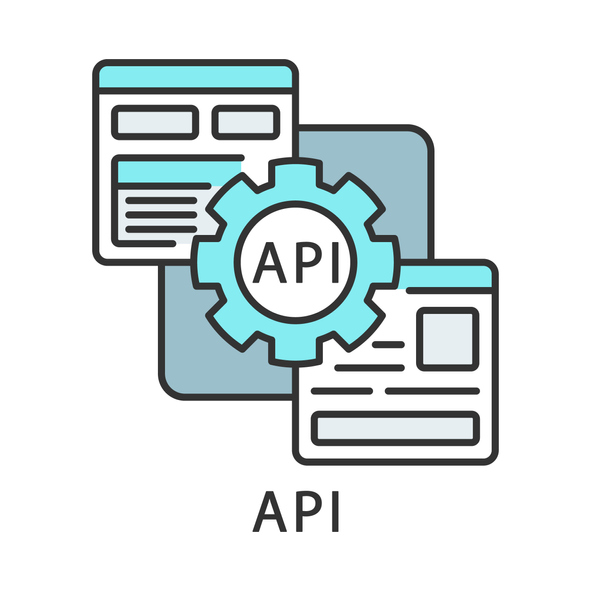
In today’s world, connectivity and interoperability reign supreme as everything from banking to shopping is moving to a seamless and intelligence-enabled experience. One industry where interoperability is very much in the spotlight today is healthcare, with federal legislation mandating the ease of transfer of electronic data.
Interoperability has been a part of healthcare strategy for some time now, but the Covid-19 crisis underscored the challenges of siloed healthcare systems. At a time when we needed rapid aggregation of data with respect to epidemiology, clinical features, and potential treatments for Covid-19, our efforts were hindered by systems that couldn’t easily standardize and communicate data across one another, and by the fact that much of the information needed was trapped in unstructured data.

With the Rise of AI, What IP Disputes in Healthcare Are Likely to Emerge?
Munck Wilson Mandala Partner Greg Howison shared his perspective on some of the legal ramifications around AI, IP, connected devices and the data they generate, in response to emailed questions.
Legislation, such as the 21st Century Cures Act has facilitated the rise of application programming interfaces (APIs) in healthcare. Coupled with the recent realization that data must be more readily discoverable and analyzable, it seems that everyone is talking about Natural Language Processing (NLP) APIs. From a relatively niche and specialist capability as recently as five years ago, NLP is now mainstream and offers fast results.
Accessing data with the right NLP APIs
In simple terms, APIs act as a software intermediary to allow two applications to talk to one another, offering a critical connectivity link. A NLP API enables users to submit text to an endpoint – and receive back structured data, representing the contents of that free text. With these APIs, data scientists, developers and analysts can free themselves from frustrating, tedious, and manual efforts to code and clean unstructured data. This is particularly valuable in healthcare where as much as 80% data is locked in unstructured text.
However, healthcare and life organizations seeking to add NLP to their workflows via APIs should note that not all NLP APIs are created equal. When seeking tools to effectively and efficiently surface healthcare concepts, it’s important to find technologies that capture the nuances of medical and scientific language and are designed to answer data scientists’ most common questions.
When evaluating NLP API alternatives, here are five key factors to consider:
- Is the API configured to recognize healthcare concepts? Improve usability and minimize coding time with tools that are designed to recognize key healthcare concepts, context and patterns in data, such as drugs, dosages, diseases, and demographics.
- Is the API designed to surface common healthcare and life science questions? Common use cases might include surfacing SDoH from unstructured information, identifying and coding adverse events into MedDRA concepts, and extracting gene/protein biomarkers listed in FDA drug labels or used in ClinicalTrials.gov with drug and indication.
- Does the solution offer the flexibility of applying NLP to your own documents as well as offer a library of cloud-based scientific documents? Users often need flexibility to find the significant metadata and concepts they need. Having access to a vast library of biomedical data sources such as PubMed, ClinicalTrials.gov and FDA Drug Labels provides a richer source of data for decision making.
- Is there an option for instant, free access with no upfront commitment? For users who have a limited need or want to pilot a use case, having a readily available free option that requires no commitment and no NLP experience is an important benefit.
- Does the API produce output that is easy to use? Choosing an API that will output results in a consistent format that is easy to parse into downstream tools is a key consideration that is often overlooked.
Along with these five factors, there is a sixth that is just as important – the “what next.” Often, the output of healthcare NLP APIs will more than suffice for the requirement of users. However, equally often, once users have begun to realize the value of their unstructured data, more questions will follow. Therefore, an organization’s best approach for successfully mastering its unstructured data is to seek NLP vendors that enable users to create custom APIs, as well as deploy NLP directly into their infrastructure.
The pandemic underscored the critical public health and research value of rapid data availability and analytic capacity. With the right NLP API solutions, data scientists now have the ability to rapidly access a wide variety of data for a vast array of use cases, including adverse event detection from case reports or literature; the identification of relevant biomarker data in clinical trial records and drug labels; predictive analytics and population health analytics from social determinants of health, and more.
Photo: bsd555, Getty Images
Calum Yacoubian, MD, is director NLP healthcare strategy for Linguamatics, an IQVIA company.














